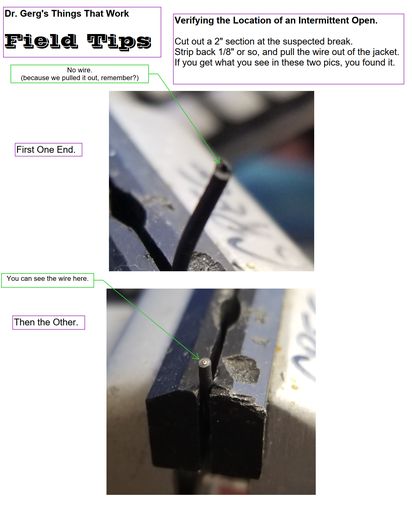Published: Mon 18 August 2025
By Dr. Gerg
In Field Tips .
tags: electronics projects learning
The Hoover Dam, circa 2013. This is the prime example of a hydro-electric dam and a great way to visualize the 3D nature of electricity.
My Take on an Old Analogy
I've always had problems grasping the relationships between volts, amps and watts.
I've seen analogies with water that almost helped, but I guess the way they were presented left too many questions. So now I want to try. This one makes sense. At least to me.
You have to think in 3D for it to work. That's because all three units of measure (volts, watts & amps) MUST be considered together if you are to know anything useful.
Volts is like the volume of water. It says less about how much work it can do than it says about how long it might last. Keep reading. Don't get hung up here.
Think of a reservoir. Volts relates to how much water is in the reservoir. The reservoir can be like Lake Mead, long and deep, or like the Great Salt Lake, a huge flat expanse. In the Great Salt Lake case, the large volume of water is only about thirty-three feet deep max compared to five hundred thirty-two feet deep for Lake Mead. A large number representing the volume of a reservoir does not necessarily indicate any real power, only the potential for power, which is why they use the word "potential" to talk about volts. There's power, but only under the right circumstances.
Watts is how much work can be done. Watts relates to the depth of the water in the reservoir. The more water, and the deeper it is, the more energy transfers when released. Same amount of water but in a shallow basin, and the result is less energy is transferred when it is released.
Watts by itself doesn't really tell you anything meaningful, though. A thousand watts at one volt is much less useful than a thousand watts at 120 volts.
Watts is only really useful (or valid, for that matter) when combined with time. Watt-hours is a number that means something tangible. How much work can this electricity do and for how long? That is answered by Watt-Hours.
Amps is how fast the work happens. Amps is like the system pressure.
Amps describes how much water can move at any given moment.
Amps relates to the size of the pipe (conductor) and the volts and watts.
Devices are often rated in Amps. But not Amps alone, rather Amps at a Voltage.
Amp ratings are commonly seen as maximum ratings. If you get a thing to go higher than its rated Amp rating, it will likely catch on fire, or at least fail.
So, if you have a large deep reservoir and some big pipes, you can get a lot of work done. That's exactly what happens at hydro-electric dams.
The water analogy is not perfect. For example:
With electricity, a device can try to suck more volt-amps-per-second than the conductors can carry. Do this long enough and the conductors burn. Think "short circuit".
With water, the device can demand more than the pipes can carry, but no damage to pipes results. It just doesn't get what it wants.
An analogy is always insufficient to explain a thing. That's a given. So, get what you can from this analogy, and then move on.
Allegories and analogies in general are Things That Work , in my opinion. They help us understand one thing based on what we know about another.
I like that.



